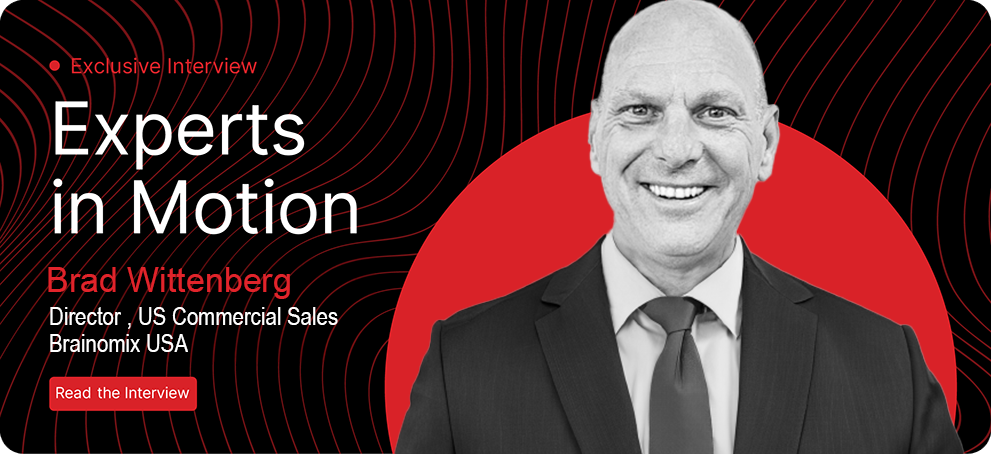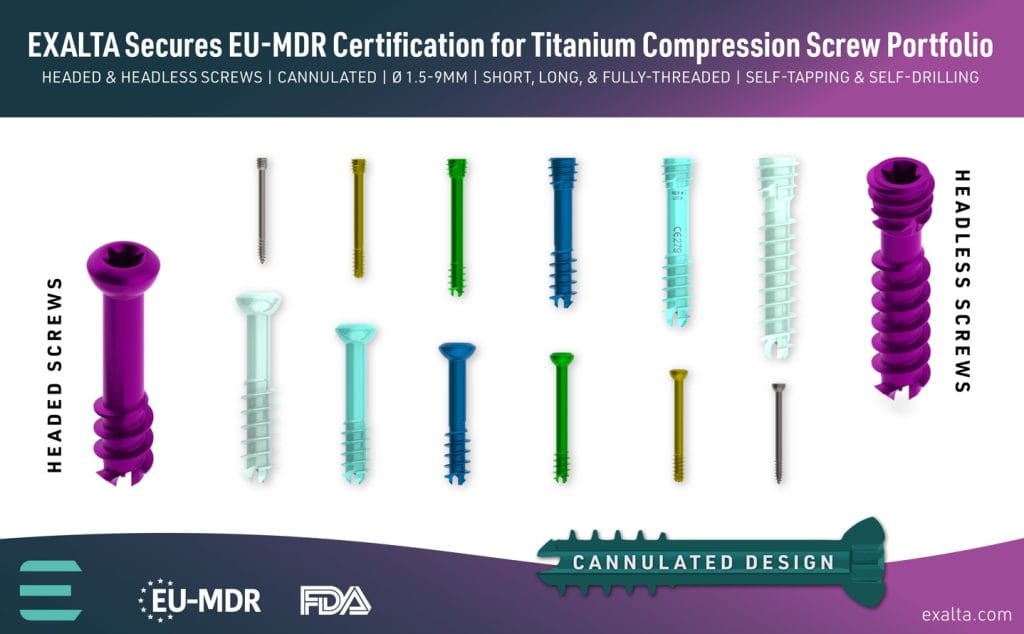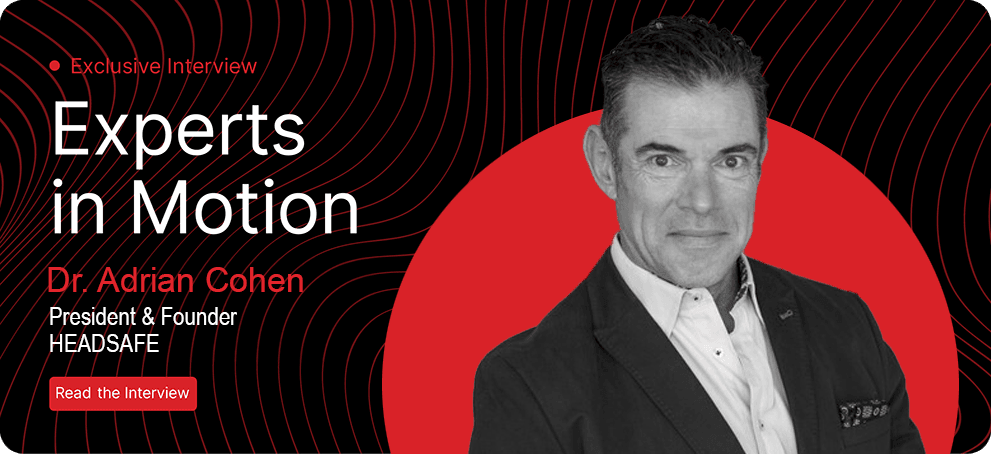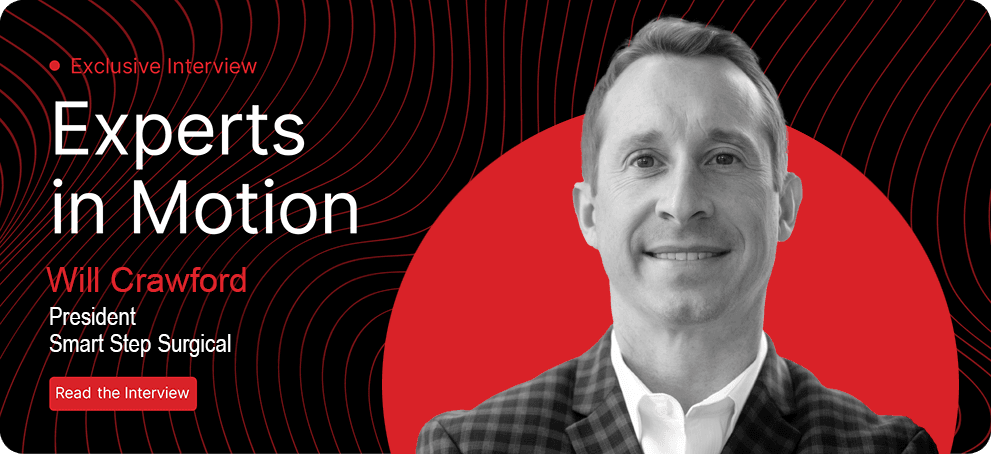AI for Stroke: A Conversation with Brad Wittenberg from Brainomix


At The MedTech Digest, our “Experts in Motion” series celebrates the thinkers and doers who are not just adapting to change in healthcare — they’re driving it. Few stories embody this ethos better than that of Brad Wittenberg and Brainomix. As a seasoned healthcare leader with decades of experience across clinical and digital platforms, Brad now stands at the forefront of Brainomix’s U.S. market launch, a defining moment for stroke care in the U.S.
Founded as a spin-out from the University of Oxford, Brainomix has already transformed stroke care across Europe. With more than 70% market share in the UK and over 60 peer-reviewed publications validating its efficacy in real world settings, the company has delivered what few others can: evidence-based, scalable AI that improves outcomes and makes stroke systems more efficient.
Now, Brainomix is officially entering the U.S. market. That means something important for Stroke Program Directors, Telestroke Neurologists, Coordinators, and Health System Leaders: you no longer have to choose between performance, simplicity, and scale. Brainomix delivers all three, and it’s ready to meet the unique challenges of the U.S. healthcare ecosystem.
Brad joins us not just to reflect on the company’s journey but to deliver a call to action. If you’re looking to increase treatment rates, streamline workflows, meet certification benchmarks, and improve ROI across your stroke network, now is the time to act.
“Stroke care is not just a clinical urgency; it’s an equity issue, a systems issue, and a quality-of-life issue.” — Brad Wittenberg
Guillaume Viallaneix: Brad, thank you for joining us for this edition of Experts in Motion. Let’s go right in. You’ve been in healthcare for nearly 30 years. What led you to focus so deeply on stroke care?
Brad Wittenberg: Thanks, Guillaume. My journey began in pharmaceuticals, but I quickly moved into cranial maxillofacial surgery at Synthes. That was my first experience working closely with neurosurgeons. Later, I transitioned to neuro-endovascular surgery with EV3, where I helped launch the Swift trial for mechanical thrombectomy. From there, I joined Intouch Health and then Viz.ai, working on telestroke and mobile imaging. It’s been a natural evolution, and stroke care has always remained a focus because we still aren’t doing enough. That’s why I joined Brainomix.
GV: Brainomix has been a European leader. Why is now the right moment to enter the U.S.?
BW: The timing is strategic. We spent years building a strong foundation in Europe, with more than 70% market share in the UK and over 60 peer-reviewed studies backing our platform. In the U.S., the stroke care ecosystem is more fragmented, but the need is clear.
Only about 30–40% of eligible stroke patients receive treatment. That’s unacceptable. We see this as the next frontier, and we’re not dipping a toe in; we’re coming in full force. Our goal is to become the standard of care in the U.S., just like we’ve done across Europe.
GV: Let’s talk about that fragmentation. What makes Brainomix different?
BW: Two things: simplicity and scale. We designed our AI platform to work with universally available imaging, non-contrast CT, and CT angiograms. These are performed every day in every U.S. hospital. That means Brainomix can immediately plug into existing workflows, delivering unique real-time insights that enhance clinical decision making as well as improve speed and accuracy. And our system is built to scale — whether it’s a rural hospital or a large urban network.
“AI isn’t here to replace physicians — it’s here to amplify them.”
GV: You’ve said that AI for stroke must go beyond convenience. Can you elaborate?
BW: Absolutely. Many older platforms focus on superficial features, like messaging tools or image sharing. Brainomix goes deeper. Our algorithms extract clinically meaningful insights from basic imaging. That means in real-world settings, even where resources are limited, physicians can make better, more confident decisions faster. That’s what moves the needle in outcomes.
GV: What’s the real-world impact of that?
BW: In the NHS, Brainomix helped increase treatment rates by more than 50% across 26 hospitals over a period of 3 years. That’s not incremental, that’s transformational. Stroke rarely kills, but it disables. Every patient treated; every minute saved means millions of neurons are preserved. These are not just workflow gains; they’re lives changed.
GV: How do you make the ROI case to health systems?
BW: It’s a compelling story. Higher treatment rates improve reimbursements. Avoiding unnecessary transfers saves money. And more efficient workflows reduce burnout and increase physician satisfaction. Our tech supports the whole stroke team, from the ER to the C-suite. We’ve seen systems get tangible gains in both quality metrics and financial performance with the addition of Brainomix software across a care network.
GV: What would you say to stroke coordinators trying to meet certification standards under resource strain?
BW: We get it, certification is stressful. Brainomix helps simplify it. By standardizing workflows, data and outputs across every site, we make it easier to track performance, report metrics, and demonstrate compliance. That translates into saved time, fewer errors, and stronger GWTG or CSC certification applications as well as improved quality metrics across an entire referral network.
GV: How do you handle AI skepticism from frontline clinicians?
BW: By showing, not telling. Once a physician sees how our outputs enhance, not replace, their judgment, they get it. Brainomix gives clinicians the ability to see things they could not see before, while incorporating tools to act faster and more confidently. And importantly, we allow them to modify or adapt the results if needed. It’s a supportive relationship, not a directive one.
GV: What’s next for Brainomix?
BW: U.S. expansion is priority one. We’re partnering with top-tier systems and growing our footprint quickly. At the same time, we’re developing the next wave of AI, more predictive, more personalized, and still grounded in the simplicity and reliability that define Brainomix. If you’re reading this and thinking, “Could this work for us?” the answer is likely yes. I’d love to talk. Reach out, and let’s explore what Brainomix can do for your team.
GV: Final question: What’s one myth about AI in stroke you wish you could bust?
BW: That it’s a luxury or a buzzword and a tool of convenience. It’s not. It’s a practical, evidence-backed tool that can improve care today. And it’s not just for big academic centers. It’s scalable, it’s simple, and it’s ready now.
GV: Brad, thank you for the thoughtful insights and this exciting announcement. We’re proud to share your story with our audience.
BW: Thank you, Guillaume. It’s an honor to be featured. This is just the beginning.
Want to see how Brainomix can transform your stroke program?
📧 Email Brad directly at bwittenberg@brainomix.com
🌐 Visit: www.brainomix.com
🔔 Subscribe to The MedTech Digest for more expert insights and innovation stories.
This interview is part of Experts in Motion—an exclusive series from The MedTech Digest featuring bold insights from the leaders shaping tomorrow’s healthcare technology.
Subscribe today for future interviews, trend forecasts, and field-tested strategies.













